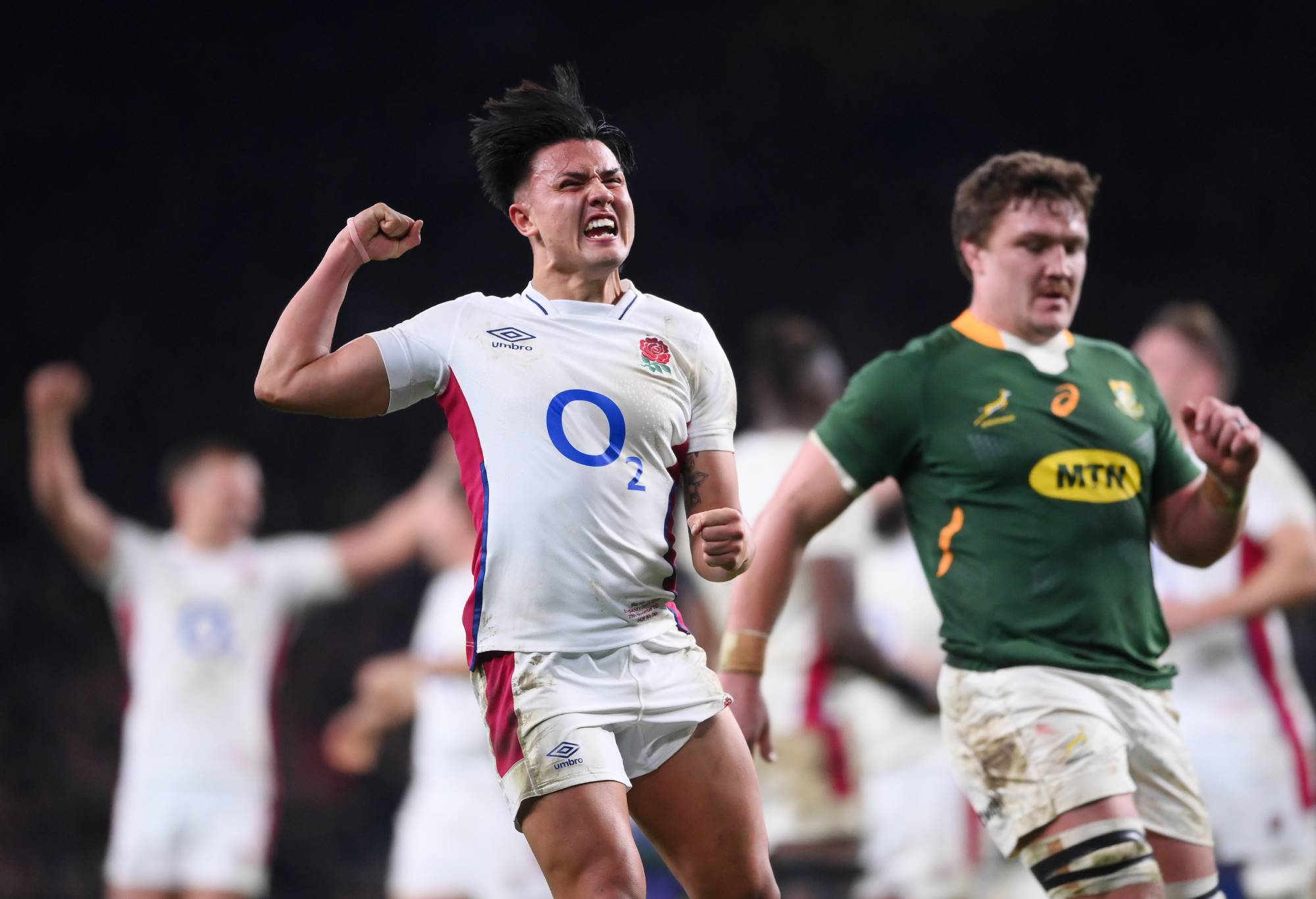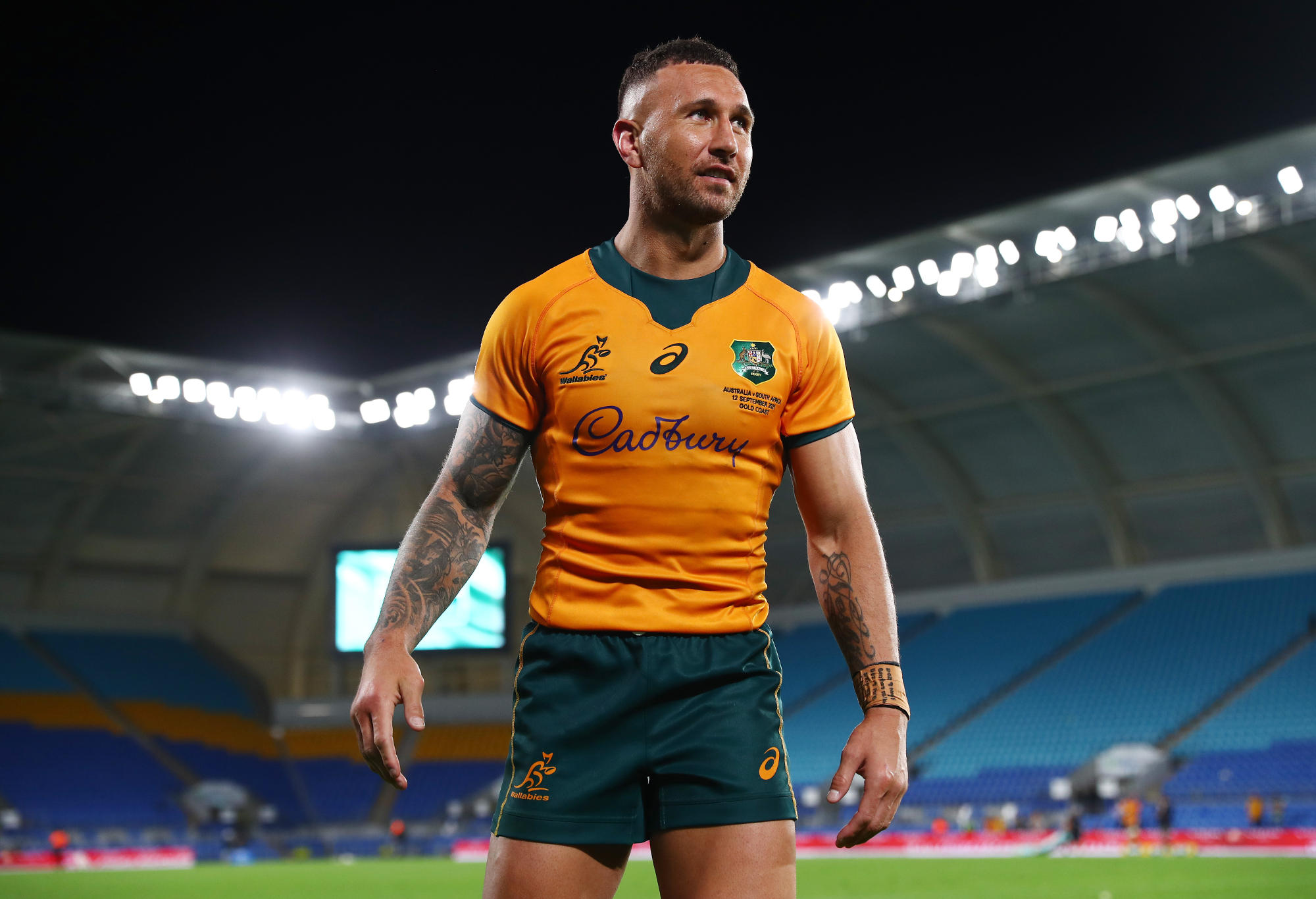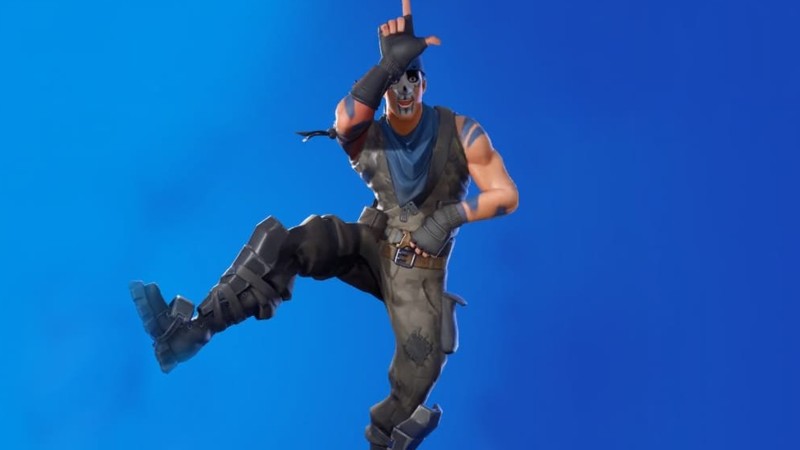Bands can jam but they don’t hit the big time without a legitimate front man. He may not be the best musician. He may not even sing on key. But a front man knows the crowd, feels the audience, and as he begins the ballad, can make a teenage girl cry as she sobs each precious lyric.
Coldplay is not my jam but last weekend I was in a packed Estadi Olímpic in Barcelona in perfect Catalan air on a client boondoggle and I saw a front man front up.
Chris Martin has a bit of an Exeter schools flyhalf about him: no tackling, dropgoaling, coach’s daughter wooing with a smile. He has a scripted unctuous insincerity which elicited several dozen ‘és tan maco’ (he is so cute) gushes in my bemused vicinity. But he had the mob meeting his metier, oohing his oeuvre, and gyrating to his genre of wishful singing.
He asked us, his captives adorned with mood lamp wristbands, to whisper about music of the spheres with him, to put our phones away, to jump in unison, and we ended up doing what he said. A light rock band and its audience has a conductor and he is called the lead singer.
So too the rugby team. The field general. In some ancient tongue, the flyhalf would be named ‘he who talks even more than the nine.’
Or perhaps he would be named ‘he who is never carded.’ This is why we know Beauden Barrett is not a true ten: his card collection is opensidesque. We also know, thus, Owen Farrell is a ten rather than a twelve for the concomitant reason: he could clothesline the child mascots who run on, hand in hand with the players at anthems, and never even hear from the referee.
A flyhalf is the frenetic Mick Jagger, the soaring Freddie Mercury, the brooding Jim Morrison, the winsome Paul McCartney, or the woke Bono of the rugby team.
POWER RANKINGS: THE TOP 10 FLYHALVES ARE FROM EIGHT COUNTRIES – NONE OF THEM ARE AUSSIES
The great frontmen are magnetic. INXS was never the same after Michael Hutchence’s untimely passing; Kurt Cobain was irreplaceable.
He is the other half of the halfbacks; one half of half is a quarter, and it is easy to imagine if Tom Brady had grown up in Christchurch that he would have been a lanky tackle-suspicious first five-eighth with an underpants billboard campaign and Miss Tahiti as his girl.
Yes, flyhalves are the ‘isn’t he cute’ players of the team. Ninety percent of the team’s Instagram content comes from the ten. They tend to have the most evolved feelings; they may go out for drinks with flanks at times, but they lead the backline book club, too.
And they look good.
Dan Biggar, Handre Pollard, Marcus Smith and Romain Ntamack would be a hell of a boy band: The Up and Unders, playing to sold out screaming crowds.

(Photo by Laurence Griffiths/Getty Images)
But the matinee idol looks continue with soulful eyed Richie Mo’unga, bad boy made good Quade Cooper, Latin kicker Paolo Garbisi, the smoldering Santiago Carreras, and in an odd Trainspotting heartthrob sort of way, the Borders gangsta Finn Russell has his adoring fans.
The retired prop owns the bar, the six bounces the bar, the scrumhalf manages the cash, and the No. 8 is the first to get on the floor to dance, but the playmaker gets lucky every night. He is the closer at closing time. Don’t even introduce your partner to the flyhalf: “Here, darling, meet my mate Dan Carter. Oh, I see you’ve met.”
Most stadium statues feature a ten because they look statuesque. Jonny Wilkinson, Hugo Porta.
And then there’s furrow-browed Johnny Sexton, who is the exception who proves the rule, but who may be the best conductor of all, right now.
On Sunday nights my father often took us to the Cape Town Symphony’s free performances, where I would subside into sleep on his shoulder by the third movement, as the first violinist was just hitting her agitated stride. I was fascinated by the conductor receiving the loudest and longest applause.
“Why do they clap for him? He doesn’t even play! I could do that.”
Thousands of tackling forwards have asked the same question of tens, as they generally ignore his directives, but my father told me even if the musicians seldom look directly at the conductor who is not armed with an instrument, the maestro has interpreted the music for the group beforehand and finds the crescendo and the timing to enhance the inspiration of the piece.
The angst of having a vision you must rely on others to fulfill is a pain etched on the faces of virtuoso tens like Sexton, Biggar, and Farrell. In contrast, happy warriors like Russell laugh their way through a match.
A flyhalf can lose a match for you even quicker than it takes him to build a lead. Get charged down? Ask poor Manie Libbok whose breakout season of 2023 was undone in one moment of indecision in the URC grand final if a charge down changes things.
A coach never forgets a charge down; the often excellent Rob du Preez has not seen green-and-gold since his two charge downs handed Wales a win in Washington D.C. in the first Bok Test of the Erasmus era.
It is no surprise that the World Cup has only been lifted by number tens who played coach-pleasing percentage footy: Grant Fox, Joel Stransky, Wilkinson, Michael Lynagh, Stephen Larkham, Pollard, Butch James, and Carter. Also, all of those lads tackle more like Henry Honiball than Nico Sanchez.
The pain of loss is often most associated with flyhalves because they are usually the team’s kicker. The camera sees their joy in the win but also, the devastating reaction of the pull, the shank, the slice, and the hook. Maybe the cruellest of all is the rattle of the upright struck full on.
In Tar, remarkable Australian actor Cate Blanchett variegated her way through five films in one, as a flawed and charismatic conductor beset with scandal of her own making.
In earlier days, Quade Cooper lived that sort of rugby life: getting in his own way, diluting his prodigious talent. He also has the ‘problem’ of natural talent: a schoolboys ten, first name written in for Under 20s, not a bad boxer, a Sevens representative, and by the way, almost 80 caps.

(Photo by Chris Hyde/Getty Images)
Now, at age 35, Cooper is a bit of the sage. His social media is too full of grace, gratitude, perspective, fulfillment, and others to be fake: if he started out that way, it is real now. He is seen as a leader in the Wallaby setup: having seen almost all rugby has to offer except lifting the biggest trophy of them all.
It is surely not a stretch to call Cooper the most indispensable player for Eddie Jones’ run at the Cup: the drop off in confidence, skill and experience from him to Bernard Foley or James O’Connor and then to younger guns like Noah Lolesio, Carter Gordon, Ben Donaldson or Tane Edmed is far greater than it would be were Marika Koroibete or a top lock or loosie were knocked out of contention. Maybe only Samu Kerevi pushes Cooper for essential.
But the position itself is more vital.
Australia will go only as far as Quade takes them. Knockout Tests come down to nerve, mental fitness, physical fitness, and moments of madness or bravery. Cooper could have all of those characteristics tattooed on his heart. In Japanese.
He wrote recently: “My biggest challenge has been with myself.”
In his current incarnation, Cooper looks the proper conductor to give England or Argentina and the Big Four something to fear.
Foley does not look like a Cup-lifter at this or any stage of his career. O’Connor is more of a utility back. The youngsters—of whom Edmed is my pick— all have something to work on, but mercurial types like Gordon (or Russell) do not seem to fare well in the Cup Grand Prix.
For that reason, it would seem as if Jones will stack tens: Cooper, Foley, O’Connor, but Gordon and Lolesio are very much still in the picture frame.
The ability to conduct, to control; this is likely the trait Jones is looking for, because taking over a game even if the pack is at mere parity or worse, is World Cup knockout quality.
With Cooper, the Wallabies can play deliberately or chaotically quickly. He can build a lead or chase one down. Most critically, he is not afraid. To lose or to win.

















You must be logged in to post a comment Login